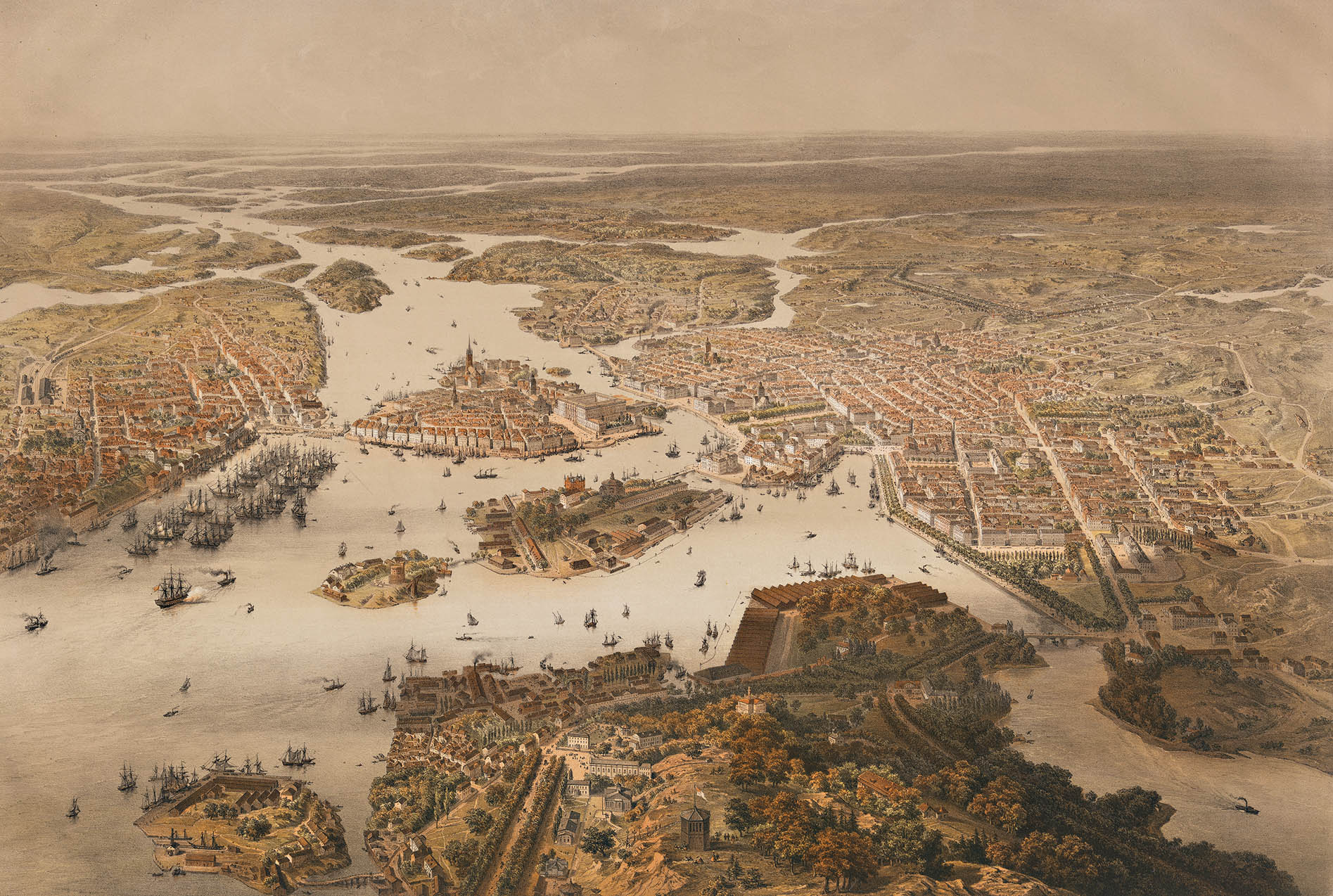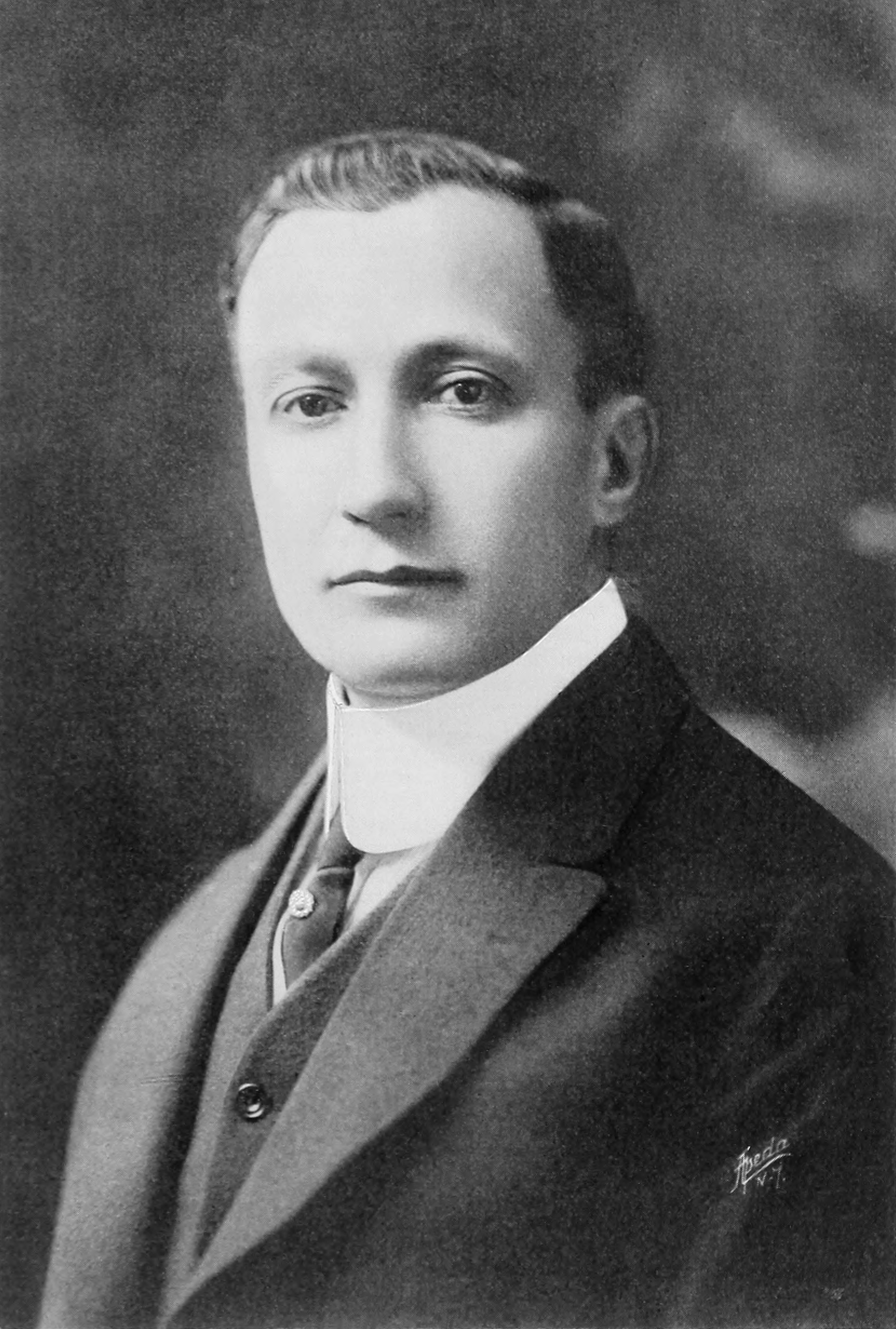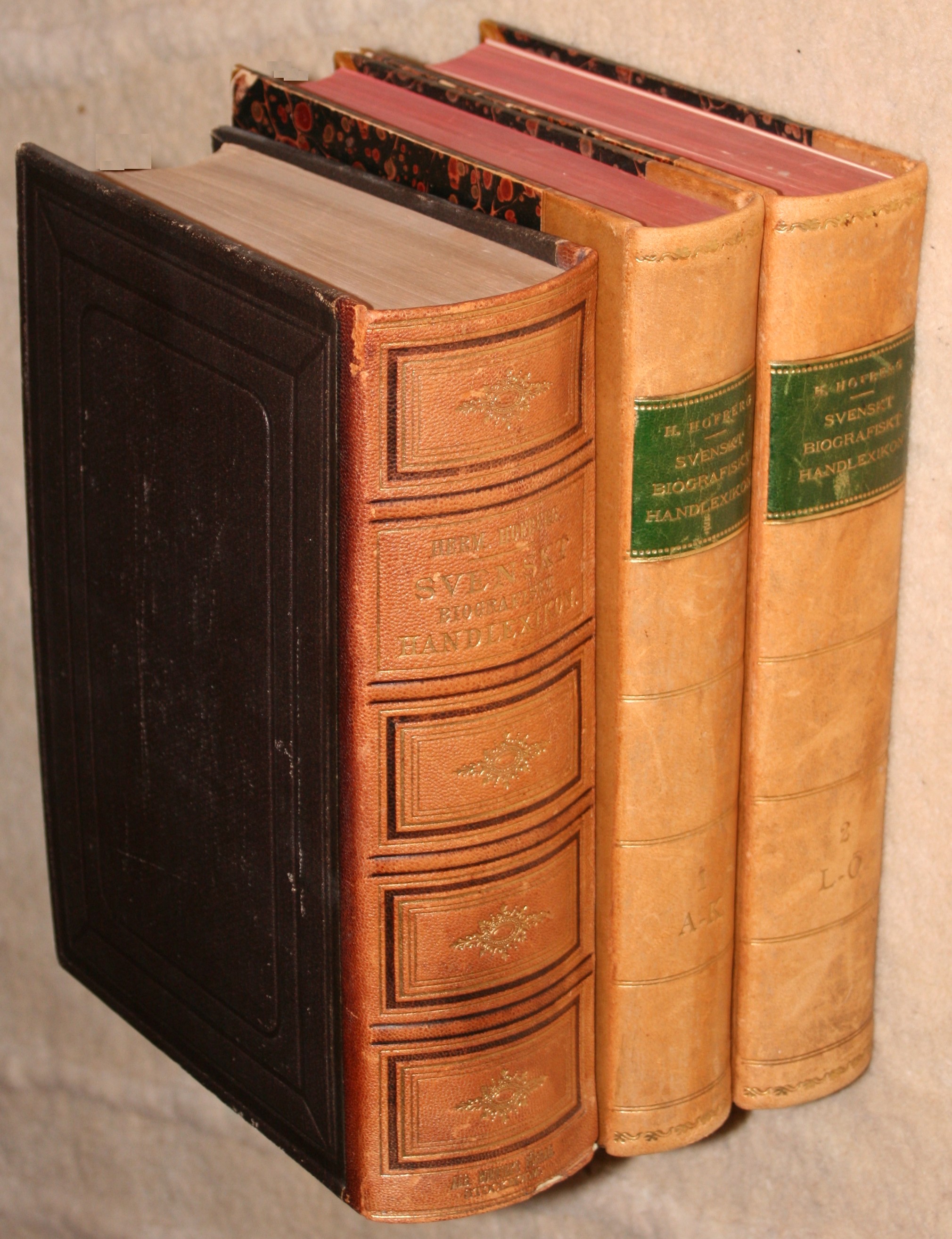|
Johan Magnus Almqvist
Johan Magnus Almqvist (September 6, 1799 – October 9, 1873) was a Swedish theologian and parliamentarian. Biography Almqvist was born in Stockholm, Sweden, to civil servant and vicar and Gustava Brandelius. He began his studies at Uppsala University in 1819 and thereafter studied at Lund University, receiving his master's degree in philosophy in 1823. The following year he was ordained. In 1830, Almqvist became vicar of Skärstad Church near Jönköping and remained so until his death. From 1844 to 1866 he was a contractual provost and member of the Riksdag of the Estates. As a politician, he was a liberal and belonged to the opposition party within the clergy against its conservative majority. With regard to criminal law, inheritance law, schools, etc., he belonged to the reformists and voted for the representation bill in the 1865 Riksdag. He was a "staunch supporter" of Louis Gerhard De Geer, the country's first prime minister, at the 1865 Riksdag. Almqvist also worked f ... [...More Info...] [...Related Items...] OR: [Wikipedia] [Google] [Baidu] |
Stockholm
Stockholm (; ) is the Capital city, capital and List of urban areas in Sweden by population, most populous city of Sweden, as well as the List of urban areas in the Nordic countries, largest urban area in the Nordic countries. Approximately 1 million people live in the Stockholm Municipality, municipality, with 1.6 million in the Stockholm urban area, urban area, and 2.5 million in the Metropolitan Stockholm, metropolitan area. The city stretches across fourteen islands where Mälaren, Lake Mälaren flows into the Baltic Sea. Outside the city to the east, and along the coast, is the island chain of the Stockholm archipelago. The area has been settled since the Stone Age, in the 6th millennium BC, and was founded as a city in 1252 by Swedish statesman Birger Jarl. The city serves as the county seat of Stockholm County. Stockholm is the cultural, media, political, and economic centre of Sweden. The Stockholm region alone accounts for over a third of the country's Gros ... [...More Info...] [...Related Items...] OR: [Wikipedia] [Google] [Baidu] |
Free Church
A free church is any Christian denomination that is intrinsically separate from government (as opposed to a state church). A free church neither defines government policy, nor accept church theology or policy definitions from the government. A free church also does not seek or receive government endorsements or funding to carry out its work. The term is only relevant in countries with established state churches. Notwithstanding that, the description "free" has no inherent doctrinal or polity overtones. An individual belonging to a free church is known as a free churchperson or, historically, free churchman. In Scandinavia, free churchpersons would include Protestant Christians who are not communicants of the majority national church, such as the Lutheran Church of Sweden. In England, where the Church of England was the established church, other Protestant denominations such as Presbyterians, Congregationalists, Baptists, the Plymouth Brethren, Methodists and Quakers are, acco ... [...More Info...] [...Related Items...] OR: [Wikipedia] [Google] [Baidu] |
19th-century Lutheran Theologians
The 19th century began on 1 January 1801 (represented by the Roman numerals MDCCCI), and ended on 31 December 1900 (MCM). It was the 9th century of the 2nd millennium. It was characterized by vast social upheaval. Slavery was abolished in much of Europe and the Americas. The First Industrial Revolution, though it began in the late 18th century, expanded beyond its British homeland for the first time during the 19th century, particularly remaking the economies and societies of the Low Countries, France, the Rhineland, Northern Italy, and the Northeastern United States. A few decades later, the Second Industrial Revolution led to ever more massive urbanization and much higher levels of productivity, profit, and prosperity, a pattern that continued into the 20th century. The Catholic Church, in response to the growing influence and power of modernism, secularism and materialism, formed the First Vatican Council in the late 19th century to deal with such problems and confirm ce ... [...More Info...] [...Related Items...] OR: [Wikipedia] [Google] [Baidu] |
Swedish Lutheran Theologians
Swedish or ' may refer to: Anything from or related to Sweden, a country in Northern Europe. Or, specifically: * Swedish language, a North Germanic language spoken primarily in Sweden and Finland ** Swedish alphabet, the official alphabet used by the Swedish language * Swedish people or Swedes, persons with a Swedish ancestral or ethnic identity ** A national or citizen of Sweden, see demographics of Sweden ** Culture of Sweden * Swedish cuisine See also * * Swedish Church (other) * Swedish Institute (other) * Swedish invasion (other) * Swedish Open (other) Swedish Open is a tennis tournament. Swedish Open may also refer to: * Swedish Open (badminton) * Swedish Open (table tennis) * Swedish Open (squash) * Swedish Open (darts) {{disambiguation ... {{disambig Language and nationality disambiguation pages ... [...More Info...] [...Related Items...] OR: [Wikipedia] [Google] [Baidu] |
1873 Deaths
Events January * January 1 ** Japan adopts the Gregorian calendar. ** The California Penal Code goes into effect. * January 17 – American Indian Wars: Modoc War: First Battle of the Stronghold – Modoc Indians defeat the United States Army. February * February 11 – The Spanish Cortes deposes King Amadeus I, and proclaims the First Spanish Republic. * February 12 ** Emilio Castelar, the former foreign minister, becomes prime minister of the new Spanish Republic. ** The Coinage Act of 1873 in the United States is signed into law by President Ulysses S. Grant. Coming into effect on April 1, it ends bimetallism in the U.S., and places the country on the gold standard. * February 20 ** The University of California opens its first medical school in San Francisco. ** British naval officer John Moresby discovers the site of Port Moresby in Papua New Guinea, and claims the land for Britain. March * March 3 – Censorship: The United States Congress ... [...More Info...] [...Related Items...] OR: [Wikipedia] [Google] [Baidu] |
1799 Births
Events January–March * January 9 – British Prime Minister William Pitt the Younger introduces an income tax of two shillings to the pound, to raise funds for Great Britain's war effort in the French Revolutionary Wars. * January 17 – Maltese patriot Dun Mikiel Xerri, along with a number of other patriots, is executed. * January 21 – The Parthenopean Republic is established in Naples by French General Jean Étienne Championnet; King Ferdinand I of the Two Sicilies flees. * January 27 – French Revolutionary Wars: Macau Incident – French and Spanish warships encounter a British Royal Navy escort squadron in the Wanshan Archipelago of China inconclusively. * February 9 – Quasi-War: In the single-ship action of USS ''Constellation'' vs ''L'Insurgente'' in the Caribbean, the American ship is the victor. * February 28 – French Revolutionary Wars: Action of 28 February 1799 – British Royal Navy frigate HMS ''Sybille'' defeats the French frigate '' ... [...More Info...] [...Related Items...] OR: [Wikipedia] [Google] [Baidu] |
Svenskt Biografiskt Handlexikon
''Svenskt biografiskt handlexikon'' () is a compact Sweden, Swedish dictionary of biography first published in 1873–1876 by the physician and antiquarian Herman Hofberg (1823–1883). The second, updated edition was published in 1906, under the editorship of Frithiof Heurlin, Viktor Millqvist, and Olof Rubenson. The second edition, two volumes of all together 1,445 pages, contains 4,419 articles on families and individuals, "renowned Swedish men and women from the reformation until the present times", and more than 3,000 miniature portraits. See also * Svenskt biografiskt lexikon External links *Svenskt biografiskt handlexikon ', digitized facsimile, at the Project Runeberg website 1873 non-fiction books 1874 non-fiction books 1875 non-fiction books 1876 non-fiction books 1906 non-fiction books Swedish biographical dictionaries {{bio-dict-stub ... [...More Info...] [...Related Items...] OR: [Wikipedia] [Google] [Baidu] |
Ludvig Teodor Almqvist
Ludvig Teodor Almqvist (January 4, 1818 – August 26, 1884) was a Swedish politician and judge. Biography Almqvist was born in Gränna, Sweden, to , vicar and priest. In 1835, Almqvist began his studies at Uppsala University. In 1846, he became assessor of the Svea Court of Appeal and, in 1848, secretary to the auditor. In 1853, he was appointed chief justice of Öster- and Västerrekarne, Daga, Åkers and Selebo hundred district, and was appointed deputy justice ombudsman the following year. In 1856, he bought the Algö estate in Överselö. He served as the Minister for Civil Service Affairs in Louis De Geer’s first cabinet (1856–1860). From 1867 to 1869 he was a member of the Riksdag (Parliament)'s upper house. In 1867, he was elected to be its first deputy speaker. On November 2, 1860, he took his place as member of the Supreme Court of Sweden. In 1867, he became Chief Justice of the Svea Court of Appeal. The following year he received his doctorate in law ... [...More Info...] [...Related Items...] OR: [Wikipedia] [Google] [Baidu] |
Order Of Chivalry
An order of chivalry, order of knighthood, chivalric order, or equestrian order is a society, fellowship and college of knights, typically founded during or inspired by the original Catholic military orders of the Crusades ( 1099–1291) and paired with medieval concepts of ideals of chivalry. Since the 15th century, orders of chivalry, often as dynastic orders, began to be established in a more courtly fashion than could be created '' ad hoc''. These orders would often retain the notion of being a confraternity, society or other association of members, but some of them were ultimately purely honorific and consisted of a medal decoration. In fact, these decorations themselves often came to be known informally as '' orders''. These institutions in turn gave rise to the modern-day orders of merit of sovereign states. Overview An order of knights is a community of knights composed by order rules with the main purpose of an ideal or charitable task. The original ideal lay i ... [...More Info...] [...Related Items...] OR: [Wikipedia] [Google] [Baidu] |
Order Of The Polar Star
The Royal Order of the Polar Star (Swedish language, Swedish: ''Kungliga Nordstjärneorden''), sometimes translated as the Royal Order of the North Star, is a Swedish order of chivalry created by Frederick I of Sweden, King Frederick I on 23 February 1748, together with the Order of the Sword and the Order of the Seraphim. The Order of the Polar Star is intended as a reward for Swedish and foreign "civic merits, for devotion to duty, for science, literary, learned and useful works and for new and beneficial institutions". Its motto is, as seen on the blue enameled centre of the badge, ''Nescit Occasum'', a Latin phrase meaning "It knows no decline". This is to represent that Sweden is as constant as a never setting star. The Order's colour is black. This was chosen so that when wearing the black sash, the white, blue and golden cross would stand out and shine as the light of enlightenment from the black surface. The choice of black for the Order's ribbon may also have been insp ... [...More Info...] [...Related Items...] OR: [Wikipedia] [Google] [Baidu] |






